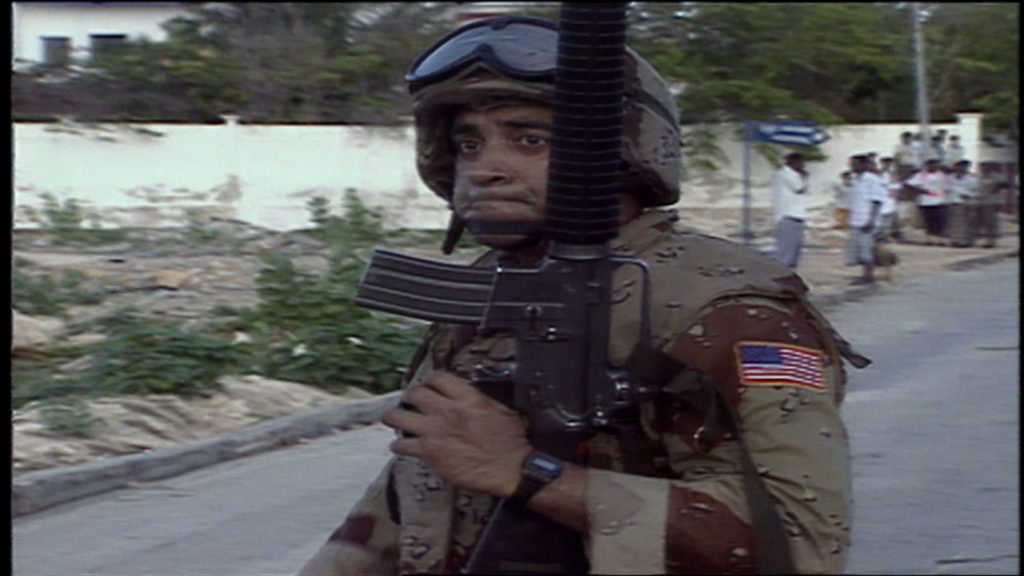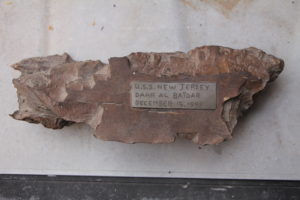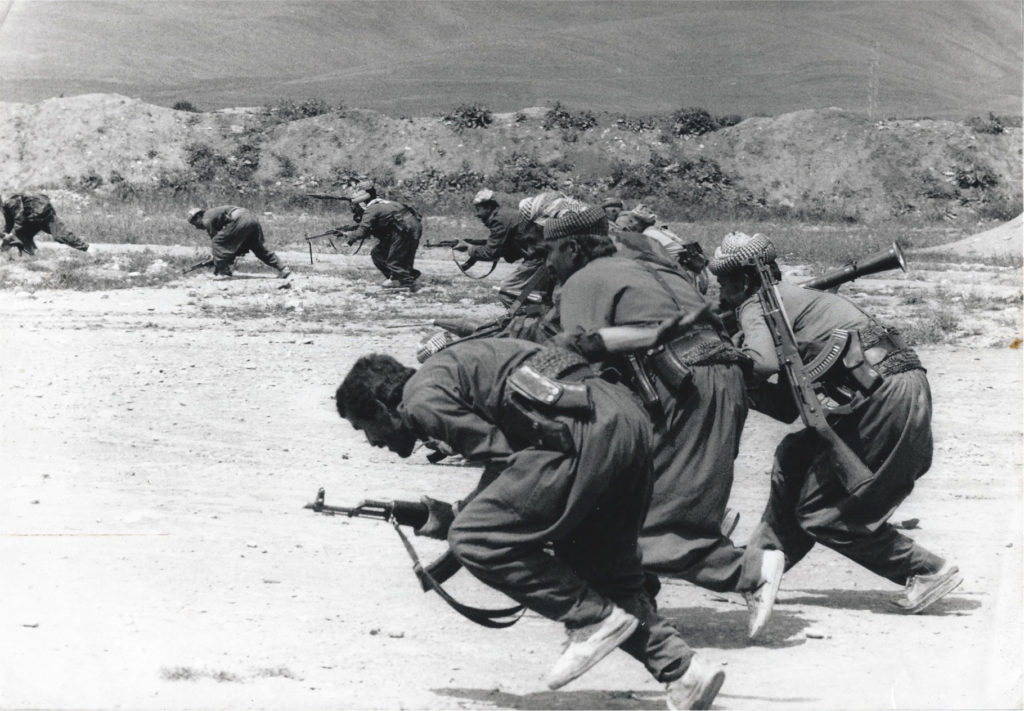Post‑U.S. Afghanistan? History Puts the Odds on the Taliban
Military history is littered with examples of out-numbered and out-gunned, rag-tag forces outlasting well-trained, weapons-rich enemies.
Afghanistan is but the latest.
On October 2, 2001 President George W Bush announced that the U.S. military had launched strikes “against al-Qaeda terrorist training camps…”…and…“to attack the military capability of the Taliban regime.”
Variously described as armed insurgents, hard-line Islamists, repressive zealots, extremists, terrorists and just plain crazies, the Taliban are also quintessentially Afghan in their tenacity.
Mountainous, land-locked and perennially impoverished, Afghanistan has been invaded by Alexander the Great, Genghis Khan, Timur, the Mughal, British, Sikh and various Persian empires, and the Soviet Union. None of them managed to fully control the country for a significant period.
The Afghans won by refusing to accept defeat.
TERRORISTS UNBOWED
A decade after Osama Bin Laden was killed, the Taliban is still in bed with al-Qaeda, which has a presence in more countries than it had on 9/11.
An analysis piece on the Foreign Policy Research Institute website notes that “2021 could prove to be a banner year for al-Qaeda as it seeks to reassert itself through affiliates around the globe.”
Espousing local tribal grievances has conferred political legitimacy for al-Qaeda in West Africa and the Arabian Peninsula. It is believed to have as many as 40,000 fighters available. Among them are off-shoots that include al-Shabab in Somalia.
THE MOTLEY VERSUS THE MIGHTY
U.S. Marines went into Somalia in 1992 under the banner of Operation Restore Hope, part of a joint effort with UN troops to enable aid workers to safely deliver food to famine victims.

They succeeded admirably in the humanitarian aspect of the mission, but fell far short of the secondary goal of restoring order to a pitiless landscape, ruled by a patchwork of ruthless clan militias and warlords.
Somali militiamen were wiry thin, wore sarongs and sandals made from old car tires and roared about in “technicals” — pickups with a variety of weapons bolted on.
The body-armour-clad Marines dubbed them “skinnies”.
The Americans had a vast array of superior firepower, but were subject to strict and in some ways perplexing, rules of engagement. Use of deadly force, the only kind the militiamen respected — especially when high on their afternoon qat (a chewable narcotic weed) habit — was severely constrained.

The Somalis had no rules, and showed a remarkable ability to adapt. One man took down a U.S. helicopter with an RPG (rocket-propelled grenade). When the Marines pulled out in the wake of what became known as “Blackhawk Down”, looters and militiamen swarmed over the back wall of the U.S. embassy compound in Mogadishu even as the American staff we scampering out the front door.
FIREPOWER SHRUGGED OFF
The ignominy echoed. The Viet Cong fought without benefit of heavy armour, helicopters or air cover, withstood Agent Orange and the “rolling thunder” of B‑52 carpet bombing, and by any measure, won.
In 1983 the battleship USS New Jersey was deployed off the Lebanese coast. Its 30 cm (12 inch) guns were supposed to intimidate Syrian-allied Lebanese militia forces in the hills overlooking Beirut airport, where U.S. Marines were based as part of a multinational peacekeeping mission.

Young Lebanese mocked the effort with a T‑shirt imprinted with an outline of the New Jersey silhouetted against a setting sun, and the words: “Alive & Tanned Summer 1983 Beirut.”
After months on station, the ship lobbed half a dozen “shells the size of Volkswagens” (1,200 kgs/2,700 pounds each) into the hills.
The New Jersey had last fired in anger in Vietnam, which makes one wonder about the Pentagon denizens’ sense of irony, never mind history.

The 24 cm (9 inch)-long piece of shrapnel I salvaged as a souvenir from a massive hole one of the shells blasted in a rocky hillside 16 kms (10 miles) or so from the coast, weighs 3.6 kgs (8 lbs) and has edges sharp enough to slice flesh open.
According to Syrian troops and Lebanese militiamen at the site, none of their positions were hit, damaged, or abandoned.
And it’s not just the “good guys” who can’t eliminate irritants, or determined enemies. Saddam Hussein deployed tanks, air power and poison gas against Iraqi Kurds in a merciless campaign code-named al-Anfal, (The Spoils of War).

Saddam is long dead, and the Kurdish forces, known as Pesh Merga (Those Who Face Death) are now the de facto army of northern Iraq. Earlier this year the U.S. gave them $12.5‑million in military aid.
MONEY WON’T BUY VICTORY
Meanwhile, barely two months after U.S. forces officially began withdrawing from Afghanistan, the Taliban have reportedly taken over more than 50 districts, and show no signs of wavering in the face of U.S.-trained regular Afghan forces, who are going to be funded to the tune of $3.3‑billion .
The bearded ‘Talibs’, whose battle wagons are motorbikes and pickup trucks, want to re-impose centuries old rules and norms on Afghan society.
Modern history says they may well get the chance.
All of which is grimly summed up by a quote by Canadian author Ronald Wright: “Each time history repeats itself, the price goes up.”
Comments are welcome. Just click CONTACT
To receive notification of future posts, Click SUBSCRIBE
5 thoughts on “Post‑U.S. Afghanistan? History Puts the Odds on the Taliban”
taliban originates from the pashto word “talib”
which means student…and the afghans have
studied history well…
afghanis understand the long view…an afghan
year is a western decade…afganistan has
successfully fended off multiple attempts
of conquest
by numerous invaders…and are poised to
continue this path…
the western view of “mission accomplished”
is a taliban speedbump…
the west must realize that sometimes patience
beats power…
True mate, the problem is that the West must first learn patience.
Fascinating global roundup and that picture of the shrapnel is wicked — wow. I was quite struck by that Foreign Policy article you point to — and the prediction of a “banner year” for AQ … two decades after 9/11. As I’m sure you hear from colleagues often, a friend in southern AF the other day wrote to say AQ are coming out of the woodwork in Kandahar right now. That sure is a grim state of affairs as we close in on the 20th anniversary of 9/11. Really thought provoking post. Looking forward to the next one.
Alas I think they are with us for a long time yet. The Sahel region, Nigeria and now Mozambique all are either ripe or already a playground for AQ and its affiliates, wanna-bes and on and on.
Thanks for the heads-up. Not sure what the problem is, but I’m something of a techno-dufus, so no surprise there.